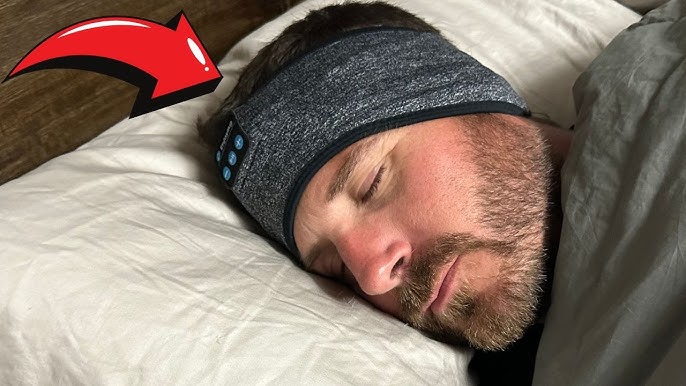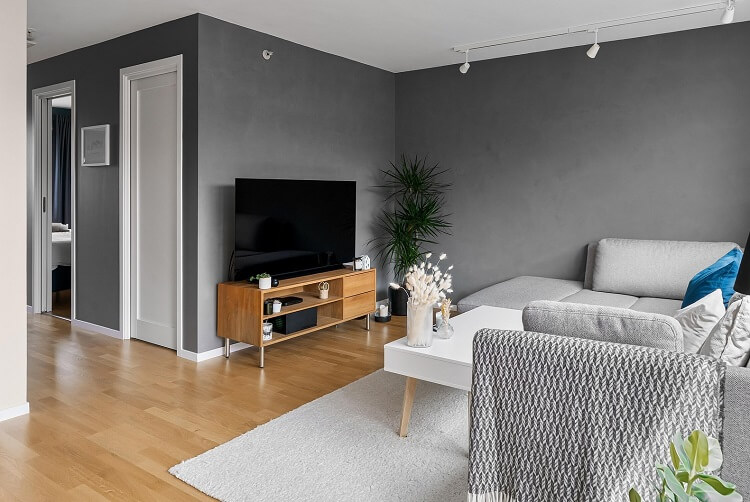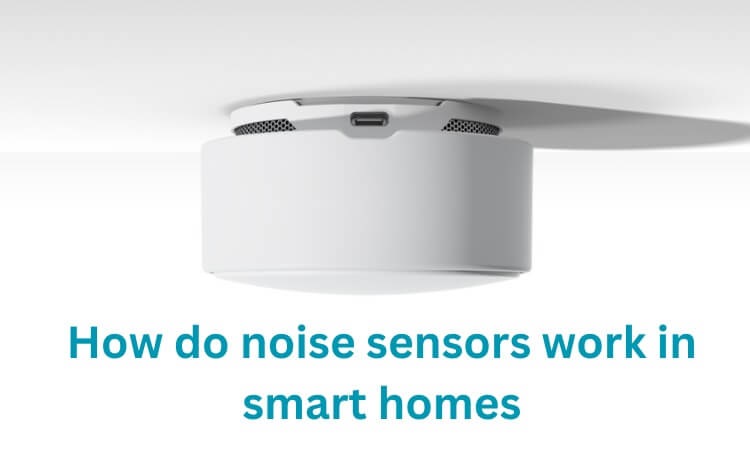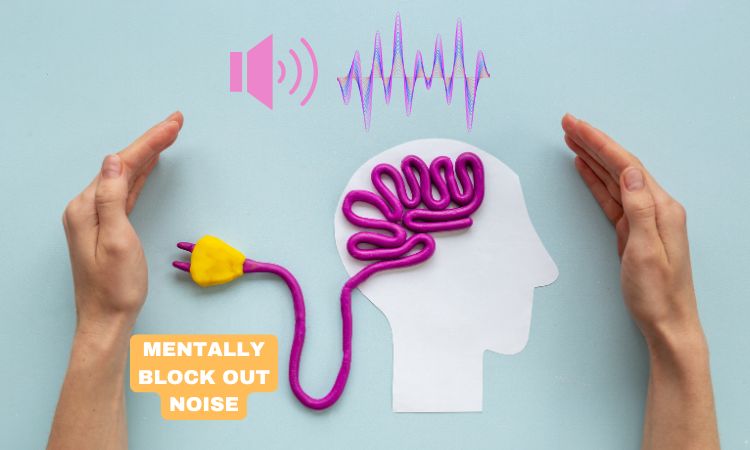
Are you struggling to get a good night’s sleep because of noise? If so, you’re not alone. Many people find that unwanted sounds disrupt their rest, leading to fatigue and other health problems.
This comprehensive guide will explore the best soundproofing methods for sleeping, covering everything from simple DIY solutions to more involved professional installations. We’ll delve into how to identify your noise problems, choose the right strategies for your situation, and create a truly peaceful bedroom sanctuary.
Why Soundproofing Matters for Sleep
Soundproofing isn’t a luxury; it’s an investment in your health and well-being. Extensive research has established a strong correlation between noise exposure during sleep and various negative health outcomes, including an increased risk of cardiovascular disease [Source: World Health Organization], cognitive impairment, and mood disorders [Source: National Sleep Foundation].
Reducing noise levels in your bedroom helps you achieve deeper, more restorative sleep, leading to improved sleep quality, reduced stress, and increased productivity. By minimizing disruptions, you spend more time in the crucial deep sleep stages essential for physical and mental restoration.
Lower noise levels contribute to a decrease in stress hormones like cortisol, allowing your body to relax and recover more effectively. A good night’s sleep translates to improved alertness, focus, and productivity throughout the day.
Assessing Noise Sources in Your Bedroom
Before implementing soundproofing solutions, it’s crucial to pinpoint the sources of the unwanted noise. Common culprits include:
- Outdoor Noise: Traffic, airplanes, construction, neighborhood activity (e.g., loud music, barking dogs).
- Indoor Noise: HVAC systems, appliances, televisions, conversations from other rooms, creaking floors within the house.
- Structural Noise: Thin walls (especially in shared living spaces), creaky floors, plumbing sounds, vibrations from within the building (e.g., elevators, shared laundry facilities).
Understanding the type of noise – airborne, impact, or flanking – will help you choose the right soundproofing method.
- Airborne Noise: Travels through the air, such as voices, music, or traffic sounds.
- Impact Noise: Caused by direct physical impact on a surface, creating vibrations that travel through the structure, such as footsteps, slamming doors, or dropped objects.
- Flanking Noise: Travels indirectly, going around, over, or under a direct barrier. For example, sound traveling through ductwork or shared wall cavities.
To effectively identify noise sources and their types, try using a sound level meter app on your smartphone. This will give you a quantifiable measure of the noise levels and help you target the most problematic areas. Pay attention to when the noise is most disruptive (e.g., daytime traffic, nighttime conversations) to tailor your solutions.
Best Soundproofing Methods for Walls
Walls are often the primary pathway for airborne and some flanking noise intrusion, especially in apartments or houses with shared walls. Here are some effective strategies to mitigate noise transfer:
1. Install Acoustic Panels
- How it Works: Acoustic panels are designed to absorb sound waves within a room, reducing echoes and reverberations. They are typically made of sound-absorbing materials like mineral wool, fiberglass, or specialized foams encased in fabric or other finishes. By reducing sound reflections, they minimize internal noise distractions and can slightly improve the clarity of sounds coming through walls. Look for panels with a Noise Reduction Coefficient (NRC) of 0.7 or higher for noticeable absorption.
- Expert Tip: Acoustic panels primarily address internal noise reflections and reverberation. While they can slightly improve the overall sound environment, they are not the primary solution for blocking significant noise transmission through walls.
- DIY vs. Professional: Many acoustic panels are designed for easy DIY installation using adhesive or mounting hardware.
- Cost: Varies depending on size, material, and NRC rating, ranging from budget-friendly foam options to more premium fabric-covered panels.
- Enhance Reader Value: Consider the aesthetics of your room when choosing panels. They come in various colors, shapes, and even printed designs to complement your décor. Strategic placement on walls facing noise sources or where sound tends to reflect can be most effective.
2. Add Mass to the Walls
Adding dense materials to your walls is one of the most effective ways to block airborne noise. Mass acts as a barrier that sound waves struggle to pass through.
- Drywall (Sheetrock): Adding an extra layer of drywall with a viscoelastic compound (see next point) sandwiched between the layers significantly increases mass and dampening.
- DIY vs. Professional: While a skilled DIYer can manage this, it can be physically demanding and requires careful cutting and finishing. Professional installation is often recommended.
- Cost: Moderate to high, depending on the size of the wall and whether you hire a professional.
- Mass Loaded Vinyl (MLV): A dense, flexible material that acts as an excellent sound barrier. It can be installed directly on the studs before drywall or even behind existing walls (though this is more involved).
- DIY vs. Professional: MLV can be heavy and requires careful installation to avoid gaps. DIY is possible but requires attention to detail.
- Cost: Moderate to high, depending on the thickness and coverage area.
3. Use a Viscoelastic Damping Compound
- How it Works: These compounds, often applied as a green glue or similar product, are sandwiched between layers of rigid material like drywall. They convert sound energy into a small amount of heat, effectively dampening vibrations and reducing sound transmission.
- Expert Tip: When adding a second layer of drywall, always apply a damping compound between the old and new layers for maximum soundproofing benefit.
- DIY vs. Professional: Relatively straightforward DIY application with a caulking gun.
- Cost: Moderate, depending on the coverage area.
4. Decouple the Walls
- How it Works: This involves physically separating the two sides of a wall so that vibrations on one side are not easily transferred to the other. This is a highly effective but more involved method, often done during construction or major renovations. Techniques include using staggered studs or resilient channels.
- DIY vs. Professional: Generally requires professional construction knowledge and skills.
- Cost: High, as it often involves structural modifications.
5. Soundproof Curtains and Blankets
- How it Works: These thick, dense materials can absorb some airborne sound and help to dampen echoes within the room. While not as effective as structural changes, they can offer a noticeable improvement, especially for window noise.
- Expert Tip: Look for curtains and blankets specifically marketed as “soundproof” or “sound-dampening.” Ensure they are heavy and have a tight weave.
- DIY vs. Professional: Easy DIY installation.
- Cost: Moderate, depending on the size and quality of the curtains or blankets.
6. Address Wall Penetrations
- How it Works: Outlets, light switches, and other wall penetrations create pathways for sound to travel through. Sealing these gaps is crucial.
- DIY Solutions: Use acoustic sealant (a non-hardening caulk) around the edges of outlets and switch plates. Consider using outlet and switch box soundproofing pads or putty.
- Cost: Low.
7. Be Cautious with “Soundproof Paint”
- Accuracy: While marketed as soundproofing, these paints contain sound-dampening additives. However, the effect is typically very minimal and not a substitute for other soundproofing methods.
- Transparency: Understand that soundproof paint offers a negligible reduction in noise transmission compared to adding mass or decoupling walls. Its primary benefits are often aesthetic or as a very minor supplementary measure.
- Reader Value: Focus on more effective solutions for significant noise problems. Soundproof paint might be a very minor addition to a comprehensive soundproofing strategy but shouldn’t be relied upon as a primary solution.
Best Soundproofing Methods for Windows
Windows are often a significant weak point for noise intrusion.
1. Use Soundproof Curtains or Blinds
- As mentioned above, thick, dense curtains and blinds can help absorb sound and reduce noise coming through windows.
2. Install Window Inserts
- How it Works: These are custom-made acrylic or laminated glass panels that fit snugly inside your existing window frame, creating an airtight seal and an additional layer of sound-blocking material.
- DIY vs. Professional: Typically require professional measurement and installation for a proper seal.
- Cost: Moderate to high, depending on the size and type of window.
3. Replace Existing Windows with Soundproof Windows
- How it Works: These windows are specifically designed with thicker, laminated glass panes and multiple layers with air or gas fillings to significantly reduce noise transmission.
- DIY vs. Professional: Professional installation is essential for proper sealing and performance.
- Cost: High, but offers the most significant noise reduction for windows.
4. Seal Gaps and Cracks
- How it Works: Use weather stripping and acoustic caulk to seal any gaps or cracks around the window frame where sound can leak through.
- DIY Solutions: Relatively easy and inexpensive DIY fix.
- Cost: Low.
Best Soundproofing Methods for Doors
Doors, especially those with gaps around the frame or hollow-core construction, can let in a significant amount of noise.
1. Install Door Sweeps and Seals
- How it Works: Door sweeps attach to the bottom of the door to seal the gap, while weather stripping or acoustic seals can be applied around the door frame to create a tighter seal.
- DIY Solutions: Easy and affordable DIY installation.
- Cost: Low.
2. Replace Hollow-Core Doors with Solid-Core Doors
- How it Works: Solid-core doors are much denser than hollow-core doors and provide significantly better sound insulation.
- DIY vs. Professional: Replacing a door can be a DIY project for experienced individuals, but professional installation is recommended for proper alignment and sealing.
- Cost: Moderate to high, depending on the type and material of the solid-core door.
3. Add a Soundproof Blanket or Curtain
- Similar to window treatments, a heavy, sound-dampening blanket or curtain hung over the door can help absorb some sound.
Best Soundproofing Methods for Floors and Ceilings
Noise can also travel through floors (especially impact noise from footsteps) and ceilings (especially in multi-story buildings).
Floors:
- Add Rugs and Carpets: Soft floor coverings absorb sound and reduce impact noise.
- Install Underlayment: When installing new flooring, choose a sound-dampening underlayment material.
- Floating Floors: A specialized flooring installation technique that decouples the flooring from the subfloor, reducing impact noise transmission. Often requires professional installation.
Ceilings:
- Add a Second Layer of Drywall with Damping Compound: Similar to walls, this adds mass and dampening.
- Install a Suspended Ceiling with Sound-Absorbing Tiles: A more involved solution that creates an air gap and utilizes sound-absorbing materials. Often requires professional installation.
- Insulate the Ceiling Cavity: Adding insulation (like mineral wool) between ceiling joists can help absorb sound.
Creating a Peaceful Bedroom Sanctuary: A Holistic Approach
Remember that effective soundproofing often involves a combination of strategies. Consider these additional tips:
- White Noise Machines or Apps: These can mask distracting sounds with consistent, calming noises.
- Earplugs: A simple and effective short-term solution for blocking noise while sleeping. Experiment with different types for comfort.
- Address Internal Noise Sources: Ensure your HVAC system is well-maintained and not excessively noisy. Consider quieter appliances if possible.
- Communicate with Neighbors: If the noise source is from neighbors, a polite conversation about the issue might lead to a resolution.
Frequently Asked Questions (FAQ)
What is the most effective way to soundproof a bedroom?
Adding mass to walls and ceilings (like an extra layer of drywall with damping compound) and addressing windows and doors with tight seals and dense materials are generally the most effective methods.
Is DIY soundproofing effective?
Many simpler soundproofing methods like adding acoustic panels, curtains, door sweeps, and sealing gaps can be effectively done DIY and offer noticeable improvements. More complex methods like adding drywall or decoupling walls often benefit from professional expertise.
How much does it cost to soundproof a bedroom?
The cost varies greatly depending on the size of the room, the level of noise reduction desired, and the chosen methods. Simple DIY solutions can cost under $100, while professional installations for significant soundproofing can range from hundreds to thousands of dollars.
Do acoustic panels block outside noise?
Acoustic panels primarily absorb sound within a room and reduce reverberation. While they can slightly improve the clarity of sounds coming from outside, they are not designed to block significant noise transmission. Methods like adding mass and sealing gaps are more effective for blocking external noise.
What is the difference between soundproofing and sound dampening?
Soundproofing aims to block sound from entering or leaving a space. Sound dampening aims to reduce echoes and reverberations within a space. While related, they address different aspects of noise control.
Conclusion
Creating a quiet and peaceful bedroom is essential for restful sleep and overall well-being. By understanding the sources and types of noise affecting your sleep and implementing the appropriate soundproofing methods, you can significantly reduce unwanted disturbances and transform your bedroom into a true sanctuary of tranquility.
Start by assessing your specific needs and budget, and don’t hesitate to combine different strategies for optimal results. Investing in soundproofing is an investment in your health, happiness, and a better night’s sleep.






